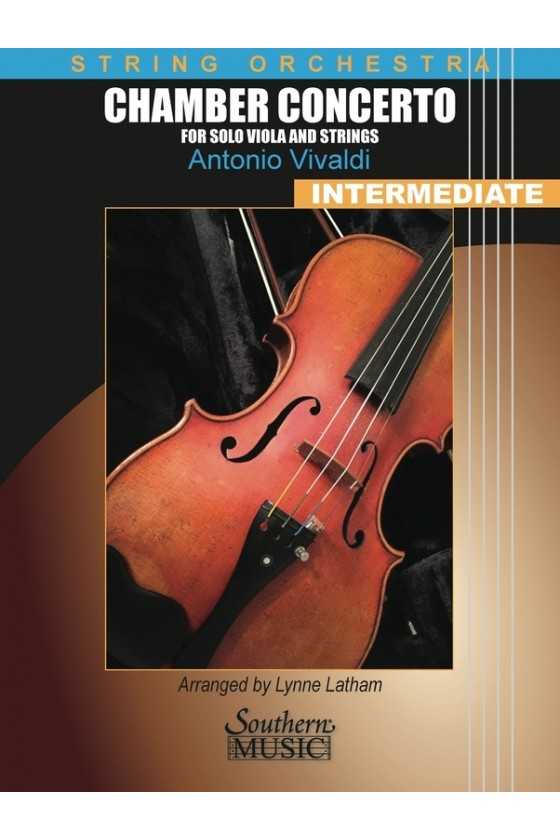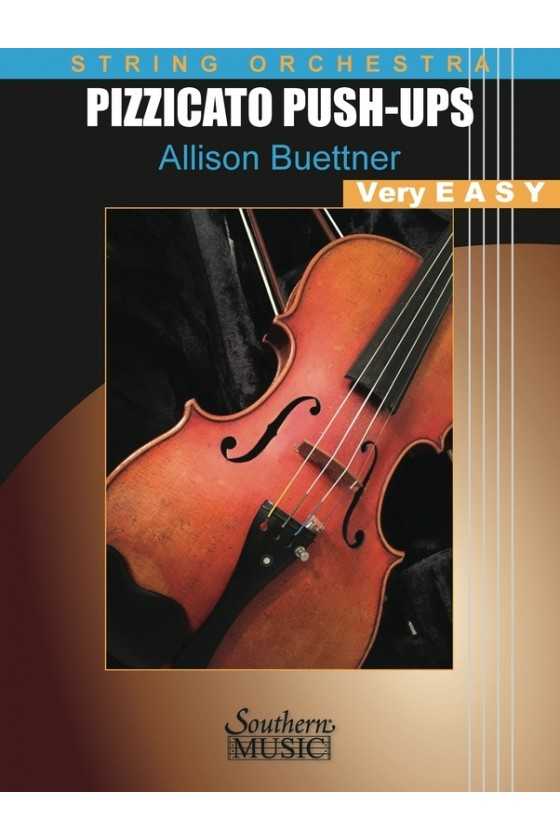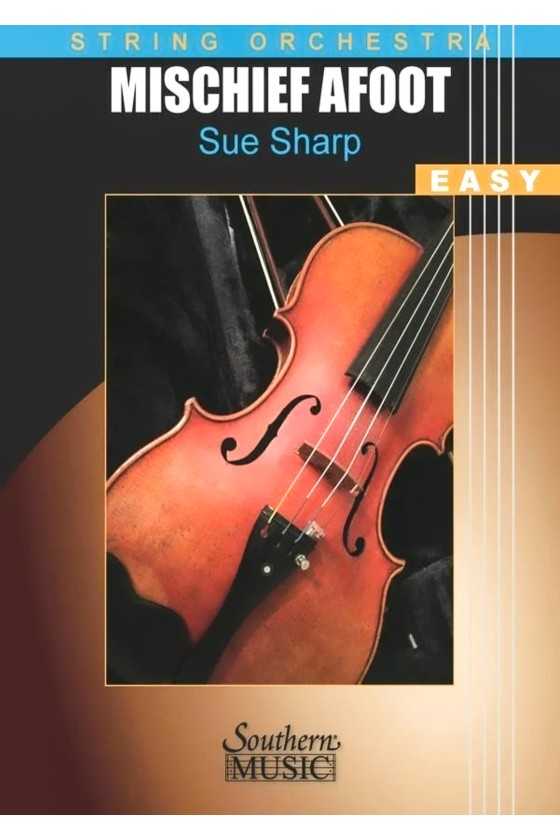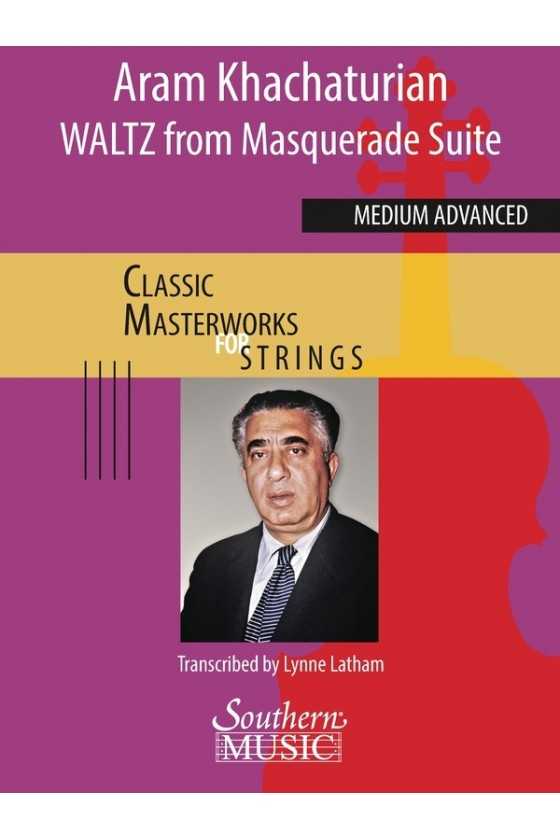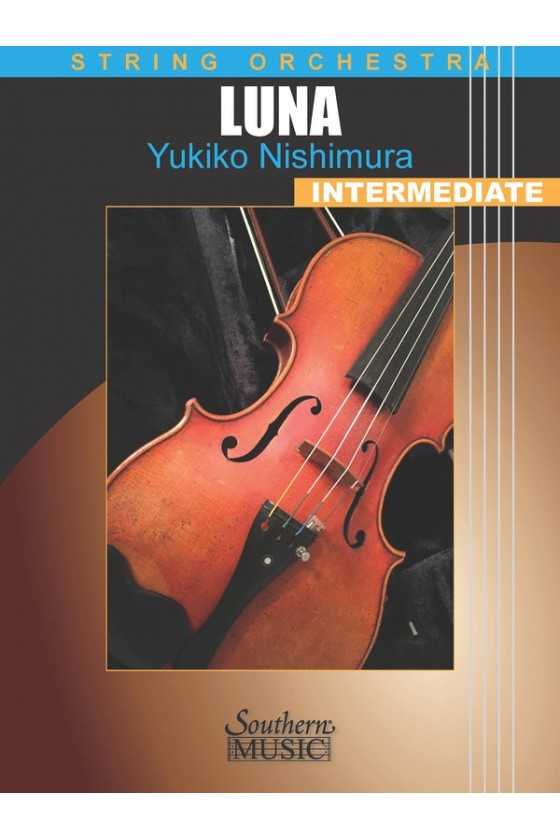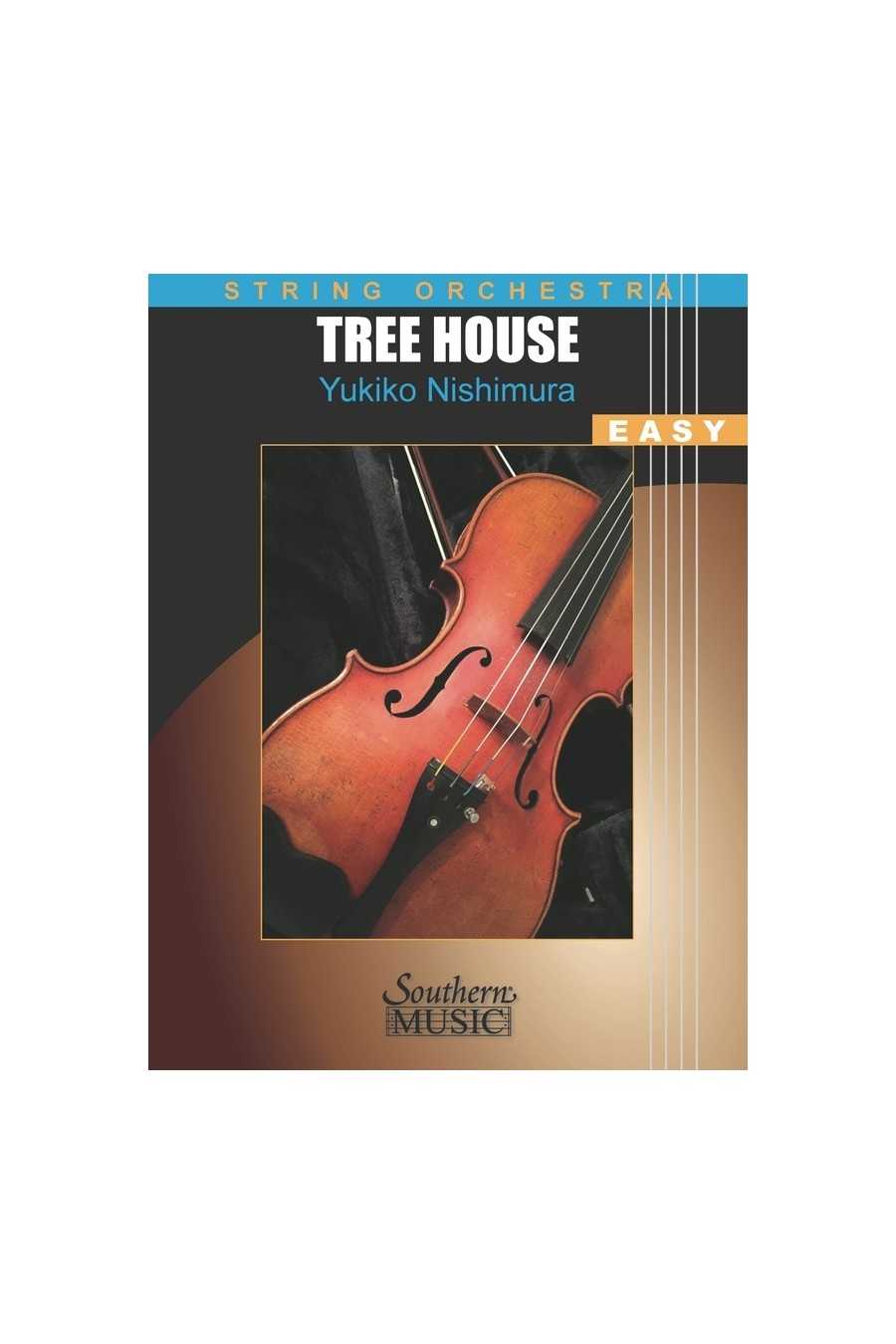
Vivaldi arr. Latham, Chamber Concerto for String Orchestra Grade 3 (SMC)
This famous concerto, originally for lute, is a great fit for solo viola with a few minor adjustments. With three short movements in the key of D major, this work will delight audiences and gives the director a chance to highlight an outstanding violist without being overly technically taxing. Can be played all in first position, although some shifting may be preferred to execute trills. Also, an opportunity for a solo cello to play continuo.



